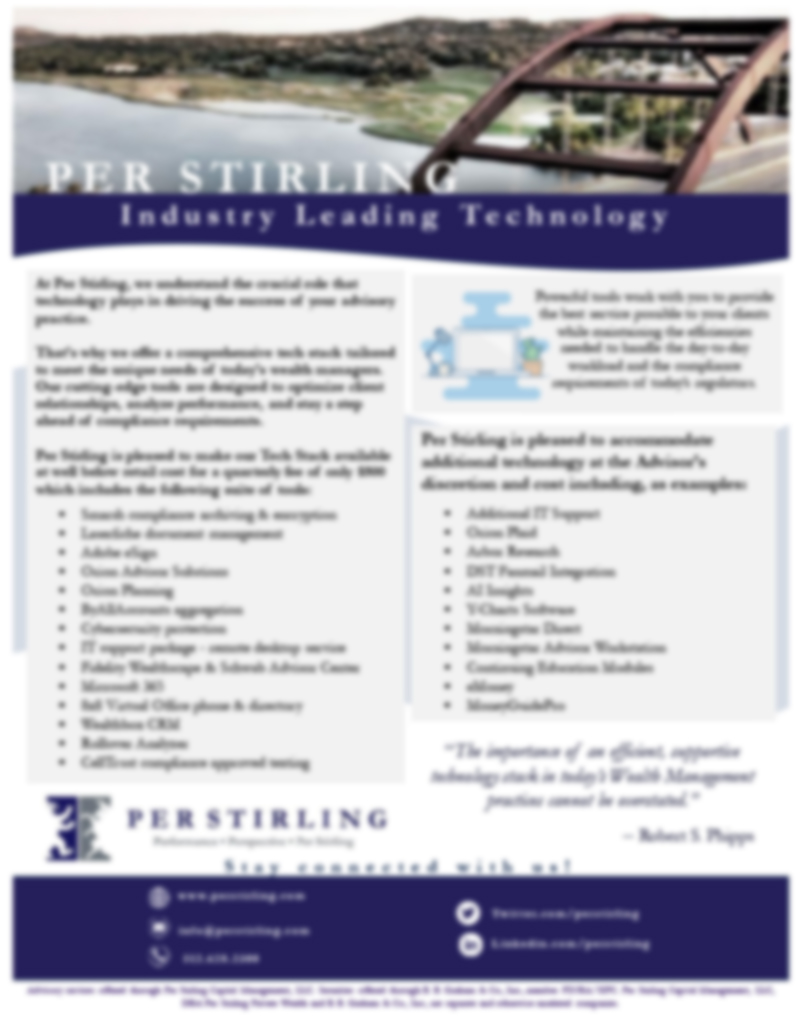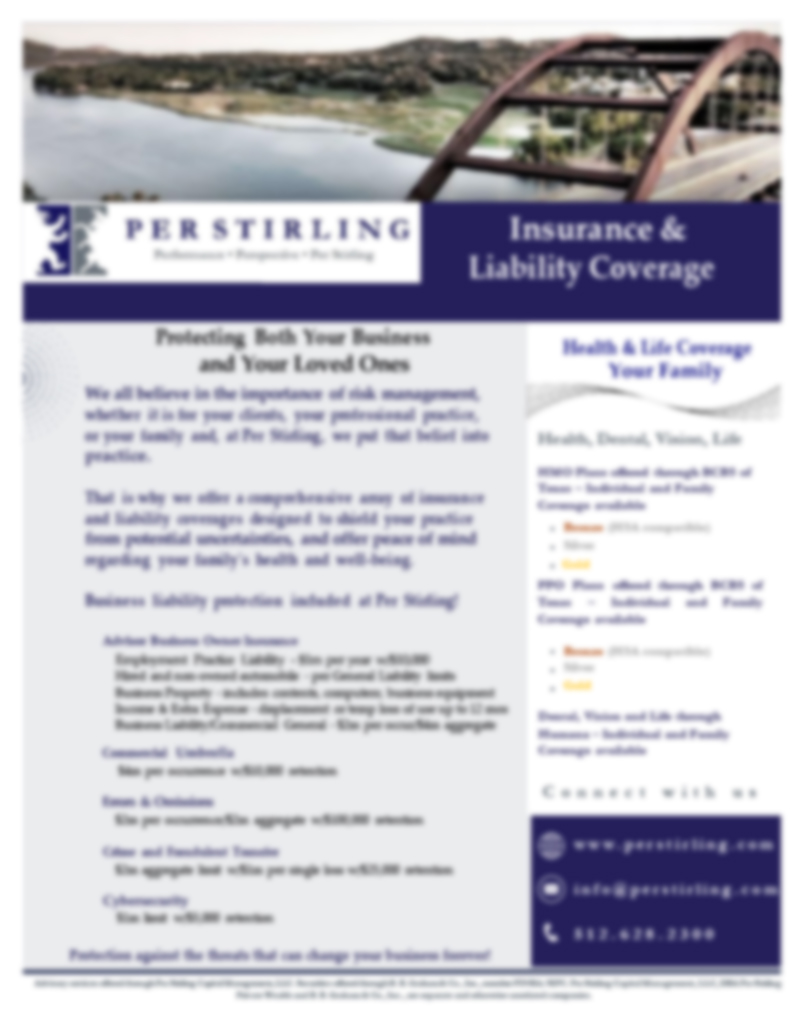05
JuneThe Benefits of Custodial Roth IRAs: Setting Your Children Up for Financial Success
The Benefits of Custodial Roth IRAs: Setting Your Children Up for Financial Success
The other day, I had a phone call with a long-time friend of mine from Louisiana. He was sharing a common parenting struggle: teaching his teenage son to save money instead of spending it all on impulse buys. “As soon as we walk into a store he wants to spend every dime he just earned almost instantly,” he lamented. “I want to set him up for financial success, but what is the best way to do that.”
As we talked, I realized many parents face this challenge. Financial education is one of the most important gifts we can give our children, but it’s not always easy to know how to begin. That’s when I suggested a tool that could make a big difference: the Custodial Roth IRA.
So, how is a Custodial IRA different from just an IRA? Not only does a Custodial Roth IRA provide long-term benefits that can set them up for a prosperous future, but also introduces children to the concepts of saving and investing at the very beginning of their financial journey. Let’s dive into what a Custodial Roth IRA is, its advantages, and how it plays a crucial role in financial education.
What is a Custodial Roth IRA?
A Custodial Roth IRA is a retirement account opened for a minor, managed by a custodian (typically a parent or guardian) until the child reaches the age of majority (usually 18 or 21, depending on the state). The account is funded with after-tax dollars, and the contributions grow tax-free. Withdrawals are also tax-free if certain conditions are met, such as reaching the age of 59½ and having the account for at least five years.
Key Benefits of a Custodial Roth IRA
- Tax-Free Growth: The most significant advantage of a Roth IRA is that the investment grows tax-free. This means that over the years, the power of compounding can significantly increase the account’s value without being diminished by taxes.
- Tax-Free Withdrawals: Unlike traditional IRAs, withdrawals from a Roth IRA during retirement are tax-free, provided certain conditions are met. This feature can be highly beneficial, especially considering the uncertainty of future tax rates.
- Flexible Contributions: While contributions are capped at the lesser of the child’s earned income or the annual limit ($7,000 for 2024), the flexibility allows for consistent savings habits. Contributions can be made from various sources, including part-time jobs, babysitting, or even a small family business.
- Early Withdrawal Options: Although Roth IRAs are intended for retirement, they offer flexibility. Contributions (but not earnings) can be withdrawn at any time without penalty, which can be useful for significant expenses like education or purchasing a first home.
Financial Education Through Custodial Roth IRAs
- Early Introduction to Saving and Investing: Opening a Custodial Roth IRA teaches children the importance of saving and investing early. They learn the concept of delayed gratification and see firsthand how their money can grow over time.
- Understanding Compound Interest: By regularly reviewing the account statements, children can observe how their contributions and earnings grow, reinforcing the power of compound interest.
- Learning Financial Responsibility: Managing a Custodial Roth IRA with parental guidance helps children understand financial responsibility. They learn to set financial goals, make informed investment choices, and monitor their progress.
- Tax Education: Children gain practical knowledge about taxes, including the benefits of tax-free growth and withdrawals. This can demystify the tax system and make them more informed taxpayers in the future.
- Family Financial Discussions: Managing a Custodial Roth IRA provides a platform for family discussions about finances. Parents can share their experiences, provide guidance, and instill strong financial values.
Setting Up a Custodial Roth IRA
- Eligibility: Ensure your child has earned income. This can include traditional jobs, freelancing, or other sources as long as it is documented.
- Choose a Custodian: As a parent, you will act as the custodian until your child reaches the age of majority.
- Open the Account: Select a financial institution that offers custodial Roth IRAs and complete the necessary paperwork.
- Make Contributions: Begin funding the account, adhering to the contribution limits based on your child’s earned income.
- Educate and Engage: Involve your child in the process, explaining the purpose and benefits of the account. Regularly review the account’s performance together and discuss future contributions and investment choices.
Conclusion
A Custodial Roth IRA is more than just a savings tool; it’s an investment in your child’s financial future and education. By introducing your children to the principles of saving, investing, and financial responsibility early on, you are setting them up for a lifetime of financial success. The lessons learned through managing a Custodial Roth IRA will empower them to make informed financial decisions and achieve their long-term goals.
 Written by: Steve Cartwright, CFP®
Written by: Steve Cartwright, CFP®![]()





